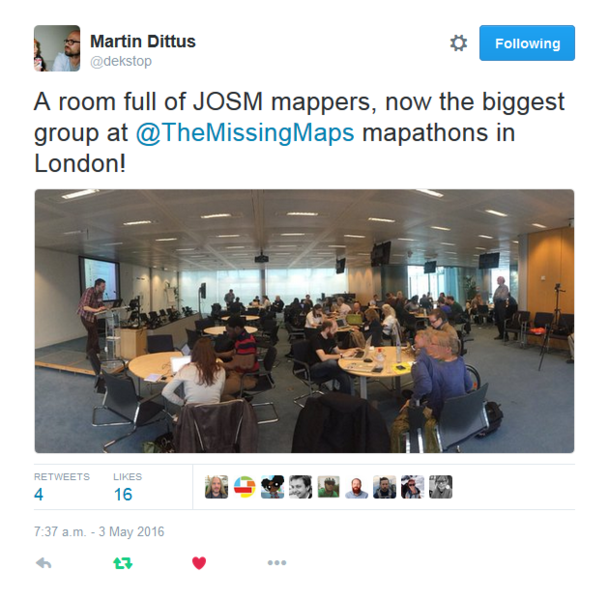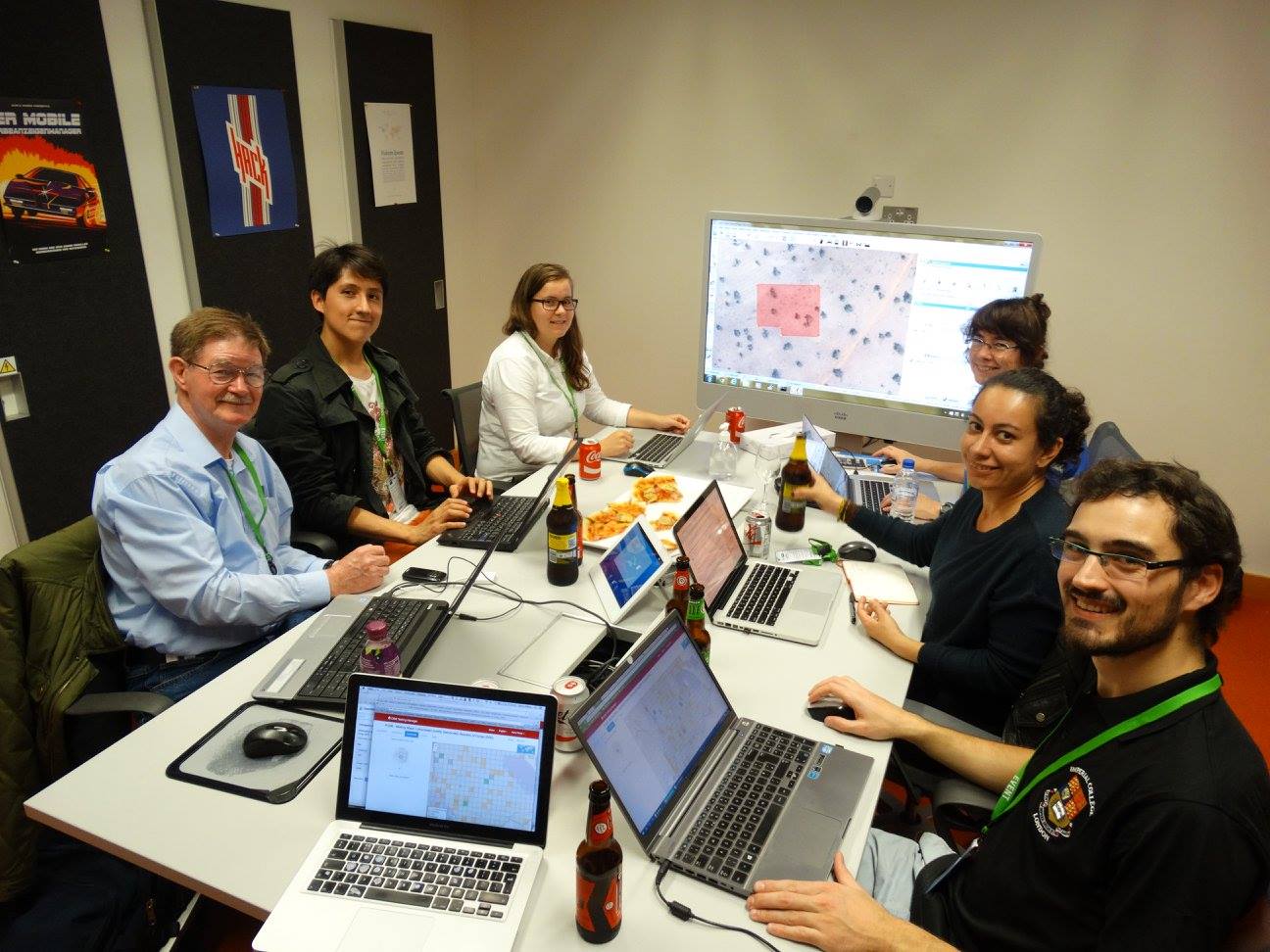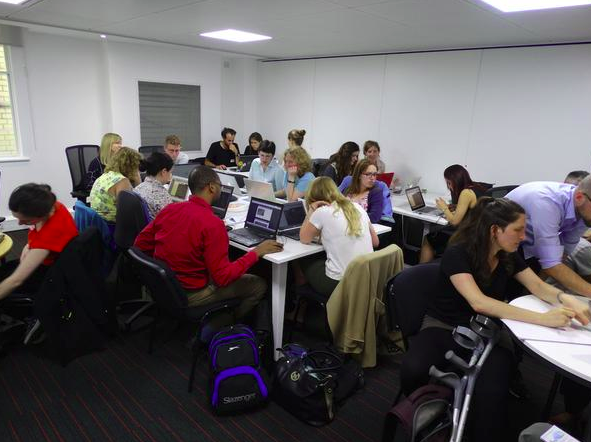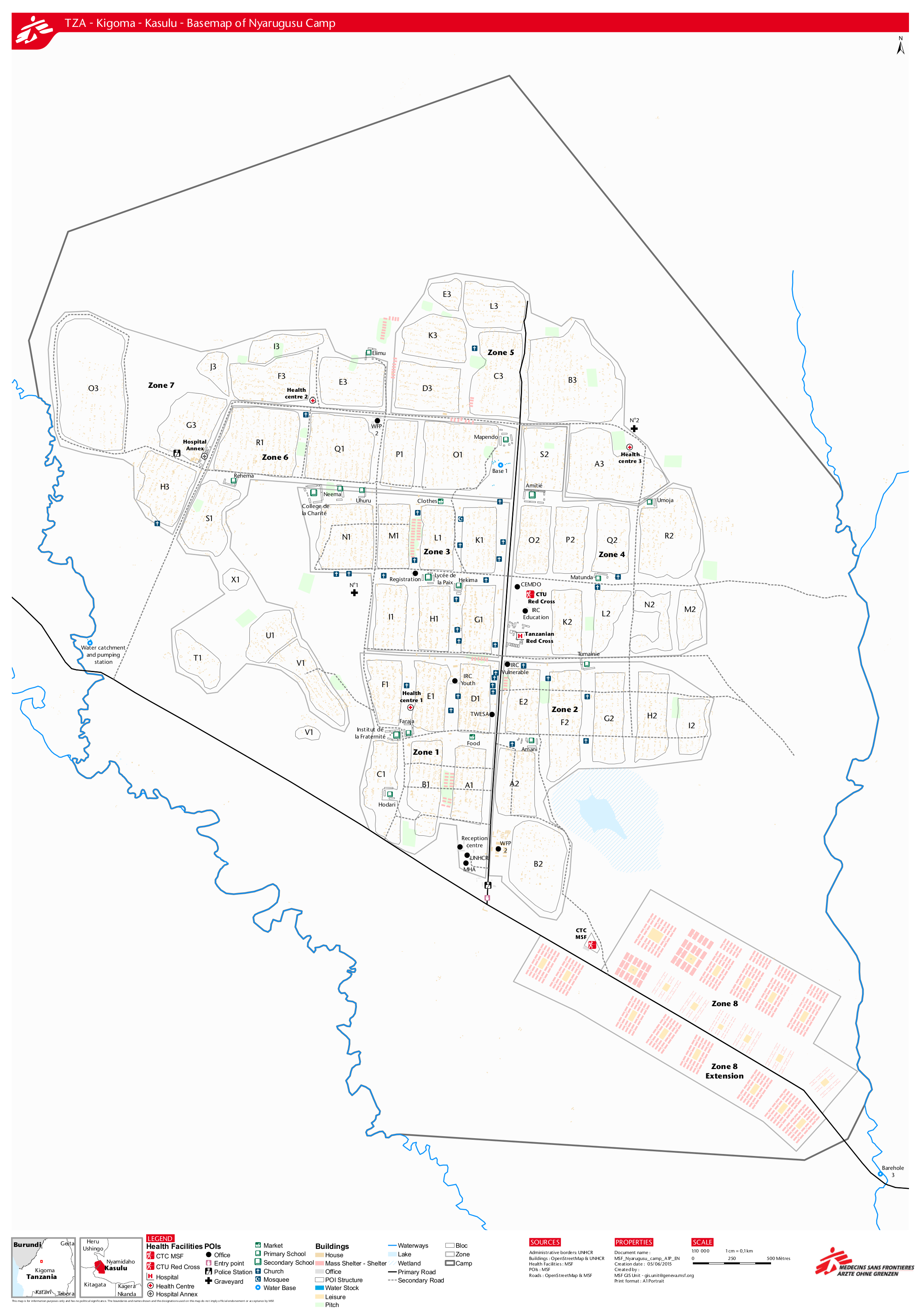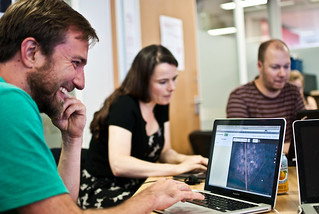Devolved community investment pilot in Tanzania
Posted by pedrito1414 on 9 February 2021 in English.I want to share a community investment initiative HOT Is piloting in collaboration with OMDTZ (OpenMap Development Tanzania).
Over the next five years, HOT aims to support a movement of individuals and communities who create and use OpenStreetMap data to improve local lives and livelihoods in places vulnerable to crisis or experiencing multidimensional poverty. The strategy for using the Audacious project funds to achieve this centres around moving decision-making, resource allocation, support and engagement closer to these places. Partly, this is through the launch of four regional mapping hubs, but we also want to try and innovate in other ways.
HOT’s microgrants programme has proved successful over the years but we know that our reach in many places is limited and that, despite a diverse community panel for selecting winners, we cannot have a deep understanding of the context (and therefore the challenges, opportunities and constraints) in every one of 94 countries.
For this reason, we are piloting a devolved community investment programme, where we can pass on the budget for multiple grants to a trusted partner (in this case, OMDTZ) to design and implement a programme at a national level. With a few caveats (around principles, objectives, diligence and reporting requirements), we want OMDTZ to be free in designing a programme of community support and investment that works for Tanzanian contributors, communities and organisations.
We hope that by doing this the funds will be more accessible and have greater local reach, that the funded work will have greater local relevance and impact and that we (HOT) and others can learn from OMDTZ’s successes and failures and improve our own programme.
We also hope that, if the pilot is successful, we are able to replicate or adapt a similar strategy in other countries with strong OSM community organisations. In fact, if you think this is something that could work where you are, we’d love to hear from you.


